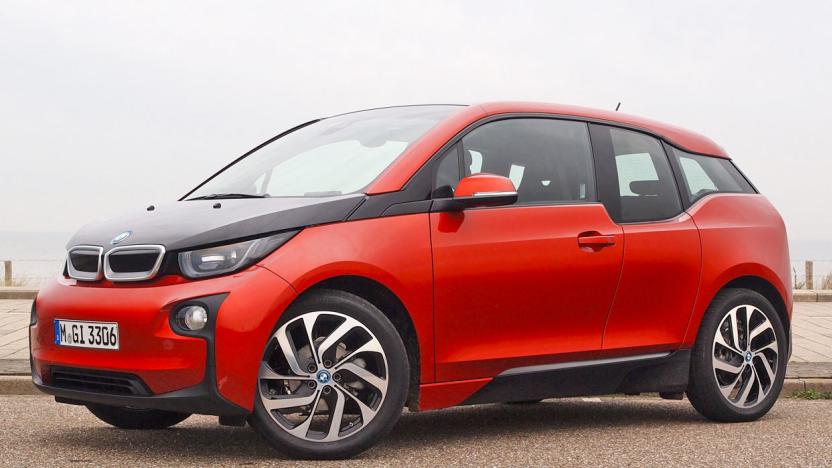ThomasEdison
Latest

BMW is adding 100 EV charging stations to US national parks
Today BMW turned on a EV charger at Thomas Edison National Historical Park, the former home of the inventor. It's the first of 100 stations that the German automaker plans on installing in US national parks over the next few years.

Auto-tune this! Research team restores 134 year-old audio recording (update: audio links)
A Berkeley Lab research team in California has successfully restored a 134 year-old audio recording. The historic audio was originally captured in 1878 by a phonograph designed by Thomas Edison, which consisted of a cylinder wrapped in tinfoil that used a stylus to record sound on the surface of the material. Due to the foil's frailty, recordings were only good for a few playbacks on Edison's phonograph. To restore this century-old mixtape, the research team created a 3D model of the grooves in the foil and ran it through a software that recreated the original audio track. As for the great mystery of the recording's contents, it's a 23-second horn instrumental followed by what is believed to be political writer Thomas Mason reciting Mary Had a Little Lamb and Old Mother Hubbard. Using modern technology for playback, the restored recording is set to have a listening party this week at the Museum of Innovation and Science in New York. Update: For audio samples from the project, hit the coverage link below. [Image courtesy of the Library of Congress, Brady-Handy Photograph Collection]

Ubiquitous nanotubes could reboot Edison-era nickel-iron battery technology
Back in the 1920s, Thomas Edison's dream of an electric automobile was ultimately foiled by those meddling petroleum engines. But thanks to nanotube research from Stanford University, one legacy from that era may regain some glory: nickel-iron batteries. It turns out that carbon nanotubes doped with nickel and iron crystals can top up the normally slow-charging cells in a matter of minutes -- according to the scientists, that's almost 1,000 times faster than in the past. Although the batteries couldn't power your Volt or Prius due to a lack of energy density, they could give an extra jolt to their lithium-ion siblings for quicker starts and regenerative braking. The researchers are working on improving stability to allow more charging cycles, but it might be an extra in-your-face for Edison if it pans out.

GE's early 20th century pallophotophone recorder decoded, Thomas Edison speech uncovered
In 1922, General Electric developed a machine for recording audio called the pallophotophone, which recorded sound on 35mm film. It is thought to be the world's first multitrack recording system (and it predated magnetic tape multitrack recording by about 20 years). The device never really made it to the big time, however, and until very recently, almost no one bothered to think about it anymore. Then Chris Hunter, curator of the Schenectady Museum in Schenectady, New York discovered 12 canisters of the film in his archives. Though none of GE's original pallophotophone machines seem to have survived, current GE engineer Russ DeMuth became involved in the project, and spent two years building a modern pallophotophone based on GE's original sketches, out of modern materials, dubbing the new one the Gizmotron. The modern device plays the original films just fine, and included in their canisters were a couple of real gems -- what's thought to be the earliest recording of the NBC chimes, and a speech given by Thomas Edison commemorating the 50th anniversary of the invention of the incandescent lightbulb. A photo of the modern Gizmotron and its inventors is below -- hit up the source for the full story and hear the Edison audio.


